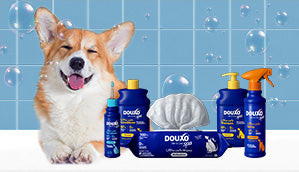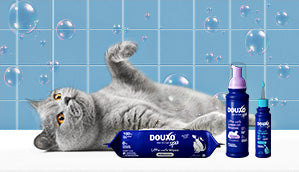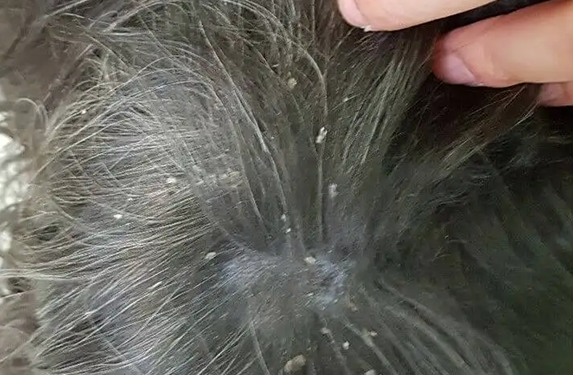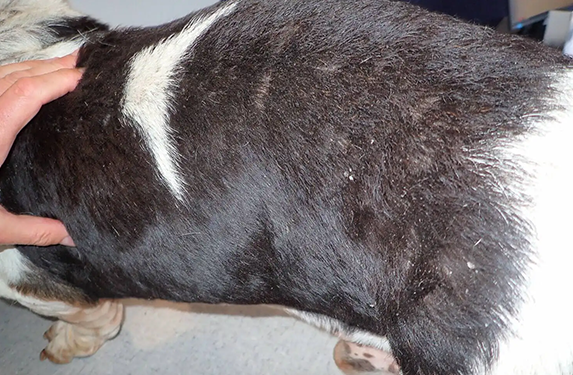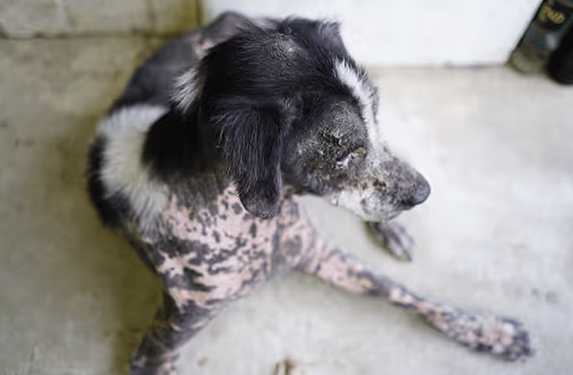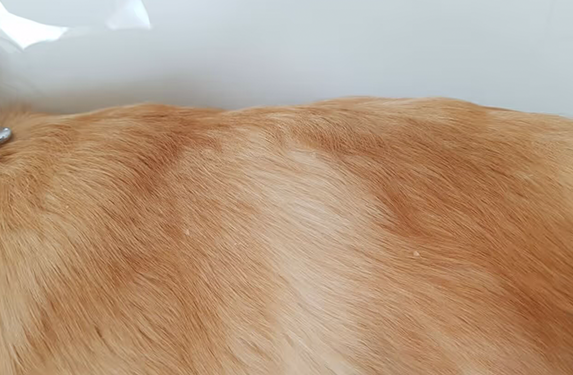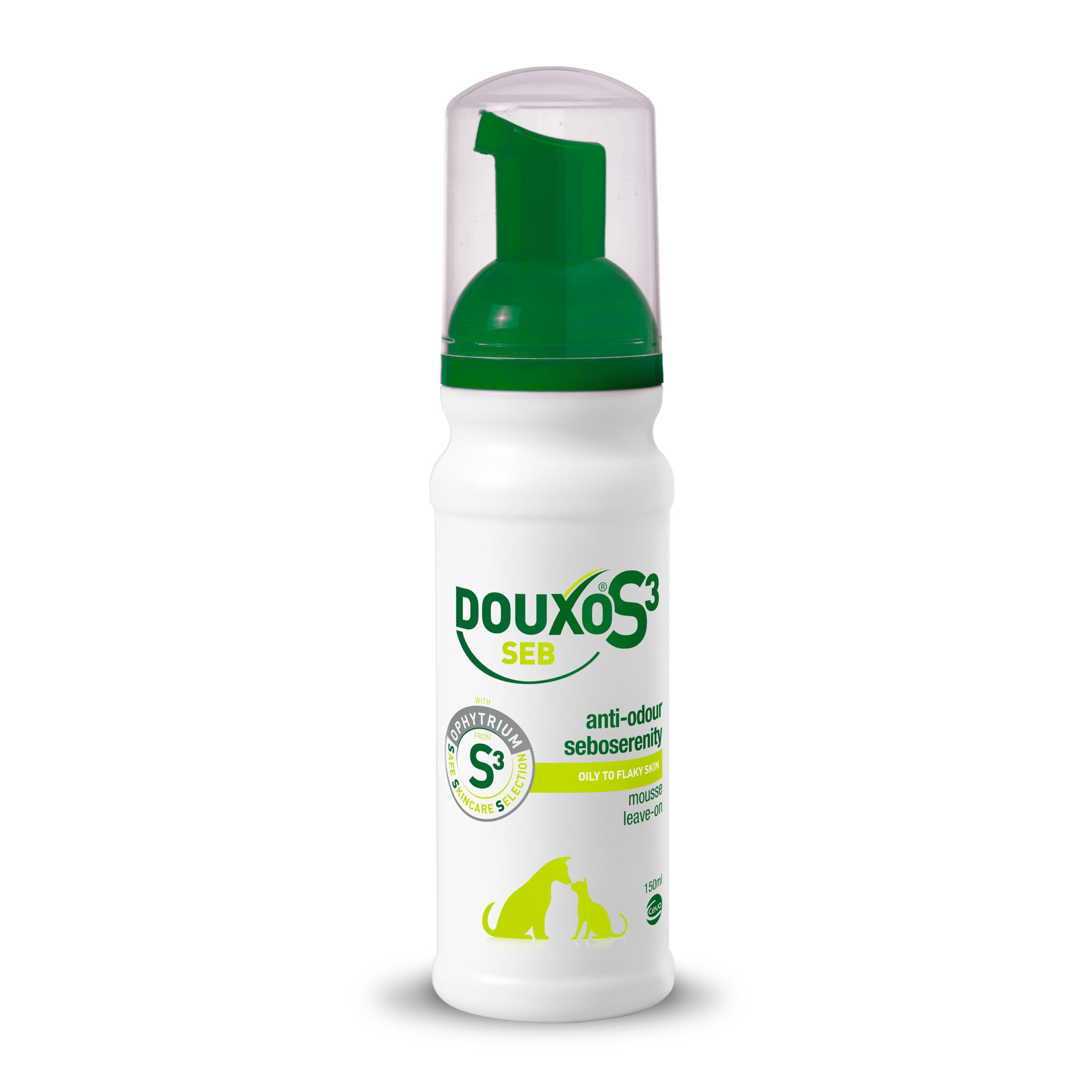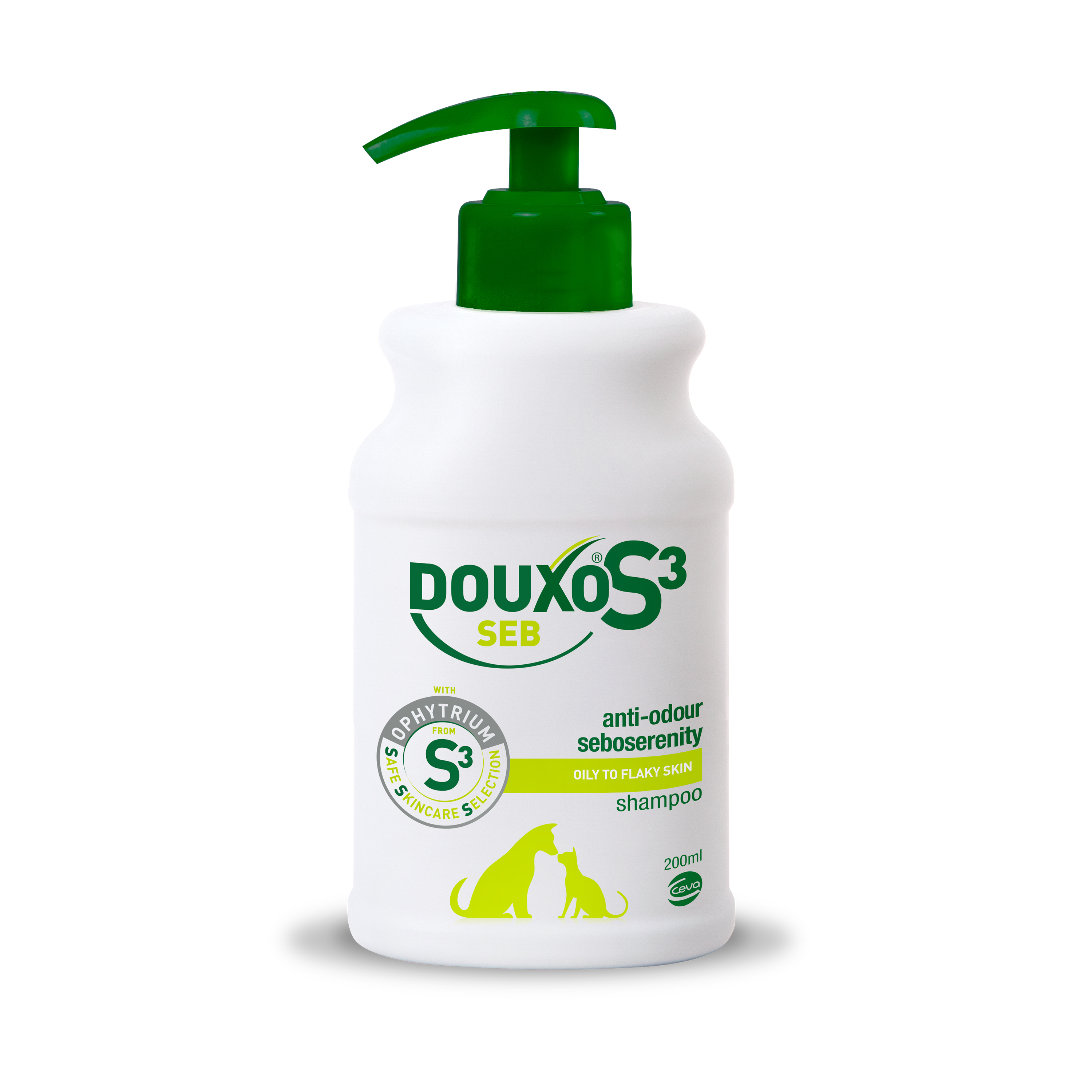Key Points
Signs
Dry, flaky skin with dandruff is caused by a disturbance in the normal skin sheddin...
Dry, flaky skin with dandruff is caused by a disturbance in the normal skin shedding process. Some cases are hereditary (primary causes), but for most dogs (>80%), dry and flaky skin is due to a separate underlying problem that needs to be diagnosed and treated.
Causes
Many diseases can cause dry and scaling skin, it is not specific to a disease.
Many diseases can cause dry and scaling skin, it is not specific to a disease.
What to do
As with anything unusual in your dog, if you notice any skin changes, make an appoi...
As with anything unusual in your dog, if you notice any skin changes, make an appointment with your vet who will help you determine the cause and recommend treatment.
Treatment and prevention test long titre
In the main, dry and flaky skin symptoms respond very well to a prescribed course o...
In the main, dry and flaky skin symptoms respond very well to a prescribed course of topical products with ingredients regulating cell turnover such as DOUXO® S3 SEB. Where the cause is secondary, treatment of the underlying condition is essential.
Why do dogs develop dry and flaky skin?
There are quite a few names for dandruff or flaky skin, you may also have heard it referred to as scurf or dander. Your vet may refer to it as "dry seborrhoea". Dandruff is not a disease but the result of an imbalance in the cell turnover. Simply put, dandruff results from excessive cell turnover resulting in an abnormally large number of dead skin cells on the surface of the skin.
Normal skin is a complex conveyor belt of continuously shedding cells. In its lifecycle, a young skin cell first undergoes a toughening process called keratinisation. It is then bound to neighbouring cells, resulting in a bricks and mortar structure. The result is an extremely tough mechanical barrier, like a brick wall, to protect your dog from what day-to-day life in the world throws at them. The dog skin cells last about 21 days before they are shed from the skin surface and replaced by the cells below.
This is a finely controlled process. If anything upsets this delicate balance, the skin's mechanical barrier is compromised, and the brick wall structure weakens. The body reacts the only way it can: by making more skin cells. With these new cells coming through faster, they are shed in greater numbers, resulting in noticeable skin flakes in the coat. Furthermore, water in the skin is lost, which dries the skin out. Bacteria and yeasts can penetrate the skin more easily, triggering an inflammatory reaction.
Flaky skin sometimes only affects a small region, such as the top of the tail, the inner thighs, along the back, or ear margins, or can be found all over. It can also be mild or very severe. It can also make your dog quite smelly and itchy.
What causes flaky skin in dogs?
The bad news is that many diseases can cause dry and scaling skin in your pet. The first thing to know is that these diseases fall into two types. The first type, "primary" causes of flaky skin are congenital due to an inherent problem with the skin cell wall construction and are typically seen in certain breeds of dogs (Labradors, Golden Retrievers, Cocker Spaniels to name a few). Then there are "secondary" causes. They result from a disease (of the skin or elsewhere in the body) causing disruption of the skin's normal function. It is thought that more than 80% of cases of flaky skin in dogs are due to secondary causes.
On top of that, just like us, environmental factors such as central heating, stress, or dry winter air can exacerbate skin dryness, leading to dandruff.
Can a dog’s environment cause it to get dry, flaky skin and dandruff?
Yes absolutely! There are many environmental factors that can exacerbate skin dryness, leading to dandruff. Examples include dry winter air and central heating causing low air humidity. Good diet is optimal for skin health, so a poor diet can also lead to dandruff, as can bathing with an inappropriate shampoo.
What underlying conditions lead to dry, flaky skin and dandruff?
Let's start with the more common underlying conditions that cause dry and flaky skin.
Skin problems due to allergies commonly cause flaky skin.
External parasites such as fleas and mites can lead to poor coat quality and dandruff.
Then there are the hormonal imbalances. Cushing's disease (overactive adrenal glands) and hypothyroidism (underactive thyroid) are very commonly seen in older dogs, and both can cause dry and flaky skin among other signs, notably hair loss.
Less commonly, immune mediated diseases, such as lupus, can result in similar symptoms.
Finally, scurfy skin could be due to a dietary imbalance, such as deficiencies in vitamin A, zinc and essential fatty acids.
And where might we see dandruff as a condition itself?
Primary seborrhea is a genetic and inherited condition. It is seen in certain breeds of dog, such as, Springer Spaniels, Basset Hounds, Labradors, Golden Retrievers, American Bulldogs, Jack Russel Terriers, Cocker Spaniels, Westies, Doberman Pinschers, Dachshunds, Shar Peis and German Shepherds.
The heritability of dry, scaly skin is best understood in Golden Retrievers, a breed where it is relatively common. Congenital ichthyosis (as shown in picture) is a skin condition where the outer layer of skin doesn’t form properly, resulting in scaling. Researchers have identified the gene responsible, and there is a genetic test available. It is mainly used to detect the mutation in breeding animals.
What to do in case of dry, flaky skin?
When to see a vet?
If you notice your dog has dandruff and ongoing dry, flaky skin that does not seem to get any better, make an appointment to see your vet. Your vet will need to establish the cause of the dandruff to recommend the most appropriate treatment.
How is the underlying cause of dry, flaky skin diagnosed?
To narrow down the list of causes of flaky skin, your vet will first consider which underlying cause is most likely. They will assess your dog's age and breed, their general health status, and whether they have any other symptoms, such as itchiness or hair loss. After this initial evaluation, they will plan which diagnostic tests are most appropriate. Before a diagnosis of hereditary skin disease can be made, your vet will need to rule out all other possible secondary causes (known as a "diagnosis by exclusion"). To do this, your vet will need to take various skin samples to rule out infection and parasites. They may also want to take a blood sample to rule out a hormonal/metabolic problem. Identification of the cause is not always easy and can take time, so don’t feel discouraged.
What is the treatment for dry, flaky and dandruff skin in dogs?
Treatment for dry, flaky skin in dogs does of course depend on the cause. Treatment plans include:
Identification and treatment of underlying causes
Identification and treatment of underlying causes
Using topical products where indicated to relieve symptoms. The aim is in this case to properly hydrate the skin as well as regulate the skin cell turnover. Your vet will guide you, but products such as the DOUXO® S3 SEB are specially formulated to reduce excess sebum and dandruff, strengthen the skin barrier, maintain skin hydration, and prevent microorganisms overgrowing that are common in such conditions.
Using topical products where indicated to relieve symptoms. The aim is in this case to properly hydrate the skin as well as regulate the skin cell turnover. Your vet will guide you, but products such as the DOUXO® S3 SEB are specially formulated to reduce excess sebum and dandruff, strengthen the skin barrier, maintain skin hydration, and prevent microorganisms overgrowing that are common in such conditions.
Regular grooming
Regular grooming
Supplementing your dog’s diet if necessary.
Supplementing your dog’s diet if necessary.
Please go to our article dedicated to the treatment of dog dandruff and flaky skin for more information.
We recommend
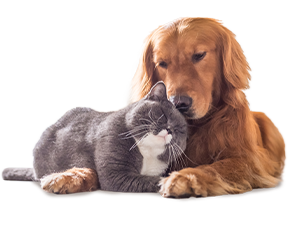
Find the right product for your pet
Take the quizSafe for you and your pet
Approved by pets and families
Recommended by vets
DOUXO® S3, vet-recommended care products, prioritize your pet's skin health with high-performance solutions. Have you ever wondered about the white flakes on your dog? Specifically designed for scurfy dogs, DOUXO® S3 SEB is the answer you seek to relieve your furry friend from its flakes. Experience transformative effects, providing relief for concerns like dandruff and dry skin. Bid farewell to worries such as dry skin and shedding. Our range guarantees your dog's skin stays healthy, nourished, and free from discomfort. Trust DOUXO® S3 for a delightful care routine, ensuring your companion enjoys optimal skin health benefits.





